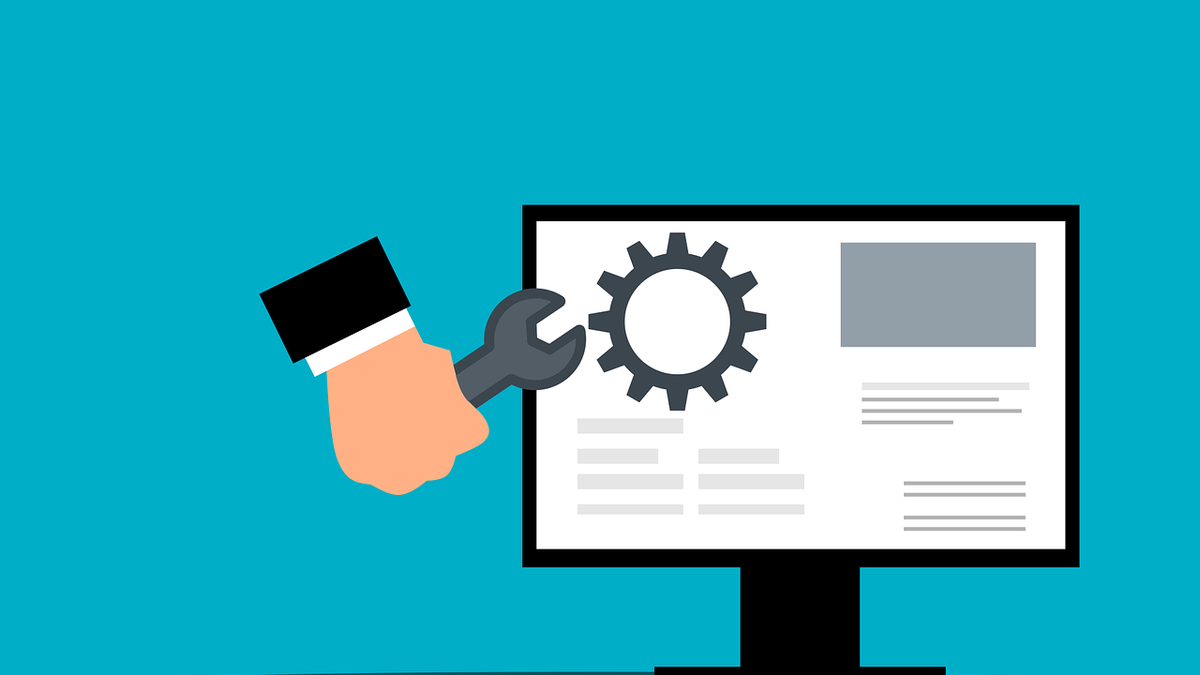For many, that includes going back to the office in person. After already two years of remote work, we see that many companies begin the transition back to “normal”, often in a hybrid model that makes the process more comfortable for employees. Because human talent needs comfort, stability and also interactivity.
At this point, it is important to offer flexible work options that are controlled by the same autonomy that has reigned in the world of work for two years and has shown that work is neither better nor worse than that done from freedom. to choose where and how to work.
According to our study “Redefining work models in Latin America”, 66% of Argentines are ready to return to the offices in a flexible way and the levels of individual productivity registered in each work model are similar and even position the model hybrid as the most productive: on a scale of 0 (very low) to 5 (very high), face-to-face work scored 4, remote 4.3, and hybrid 4.5.
But we must also recognize the great challenges related to mental health, concentration and quality of life, and other challenges of remote work, such as establishing bonds of trust, collaboration and empathy between teams, inadequate work infrastructure, consolidation of the organizational culture, hiring and incorporation of new collaborators, and personal time management.
Achieving a balance between face-to-face and remote, as well as its potential to alternate between activities that require concentration with those that require interaction, seems the best path at the current time of the pandemic. This is when hybrid work becomes a good idea, so that the collaborators of a company -regardless of its size- feel comfortable with returning to their jobs in person, in a modality in which, definitely, it can be guaranteed a balance between personal life and work life.
This vision is confirmed by the responses of the hundreds of participants in our study, who indicate that, in Argentina, 41% of those surveyed affirm that they would prefer to return to their offices under a hybrid work model of 2 face-to-face days and 3 remote days. 24% would do so under a model of 1 face-to-face day and 4 remote days, and only 4% favor a slightly more traditional model of 4 face-to-face days and 1 remote day.
Probably, there is no solution that prevails and works for all companies or professionals. What is clear is that the world needs security and flexibility in its workspace. And in this vision, the hybrid model seems like a promising path to meet the desires of leaders and collaborators in the post-pandemic era.
Director of WeWork Argentina
Source: Ambito




